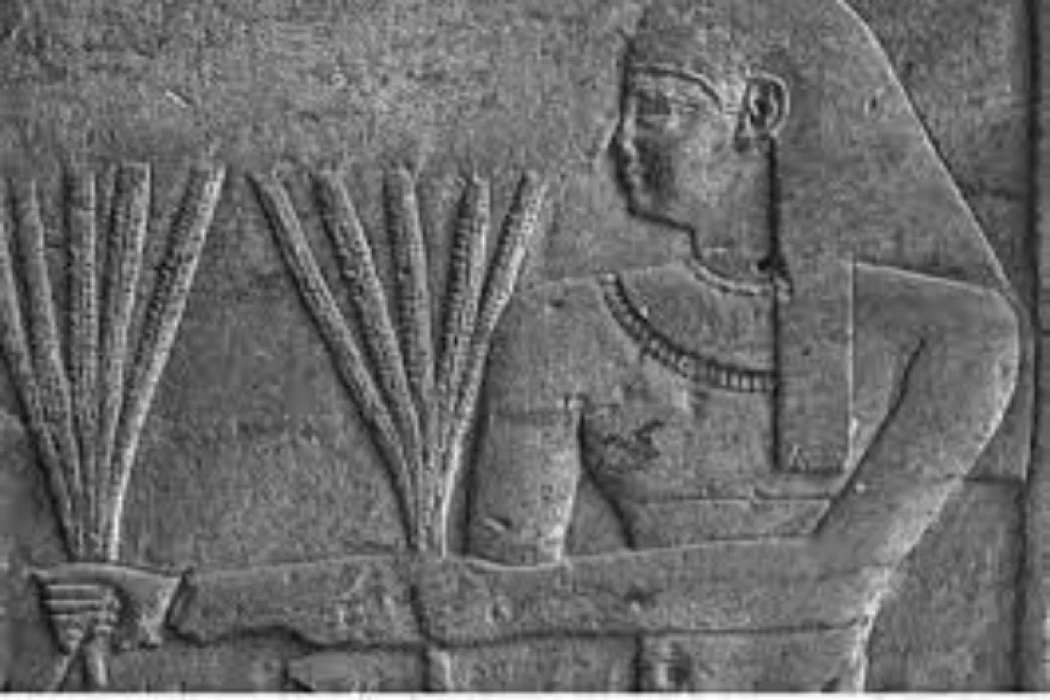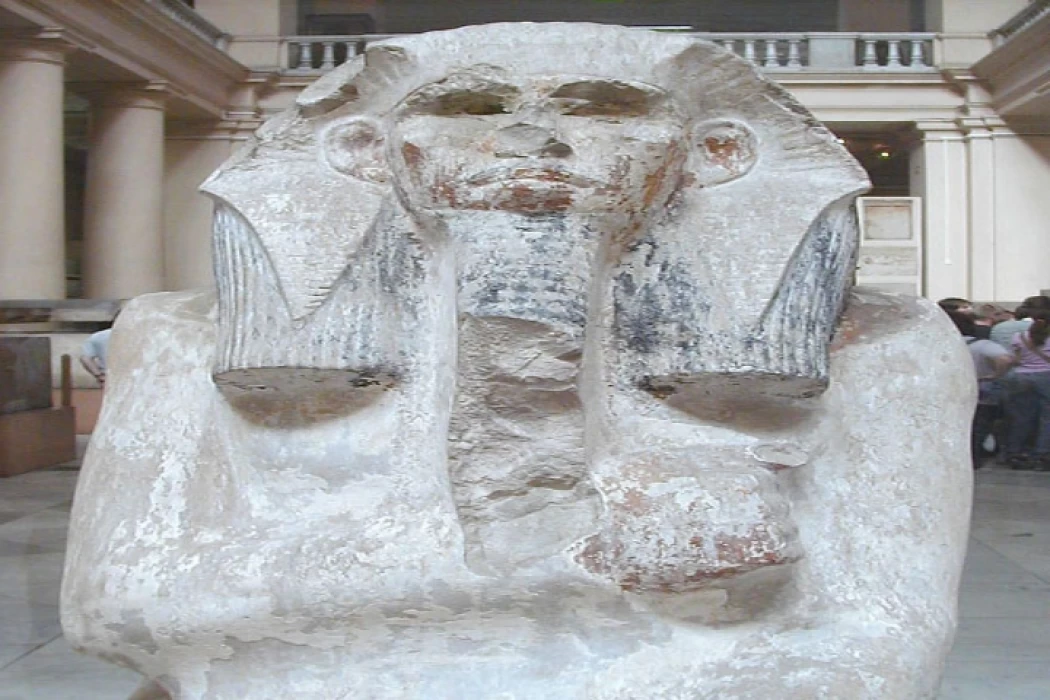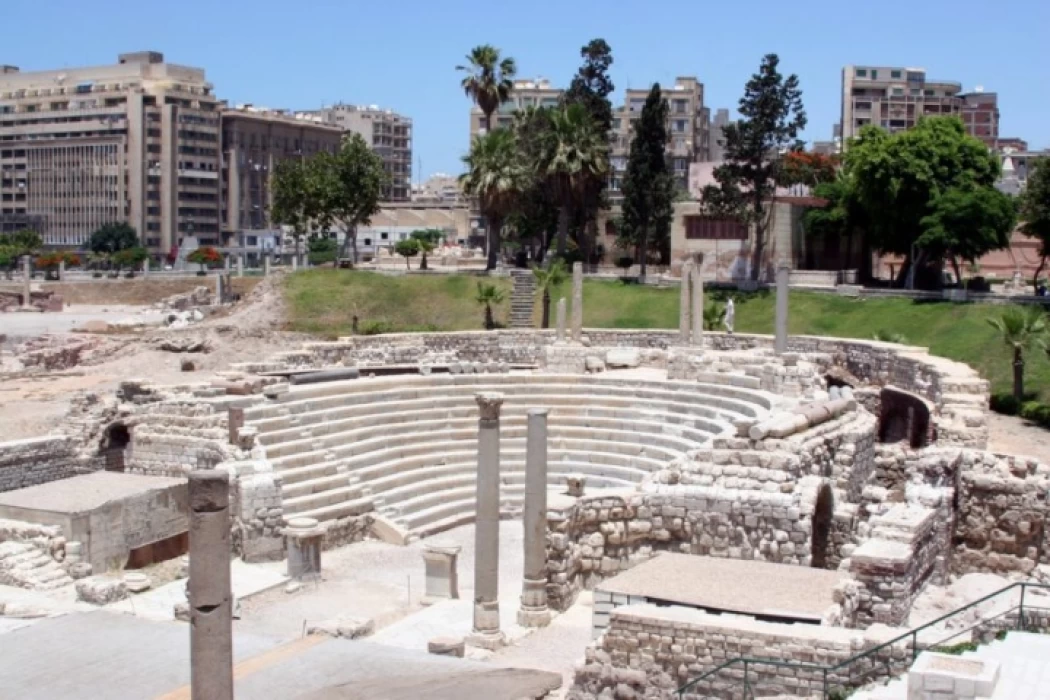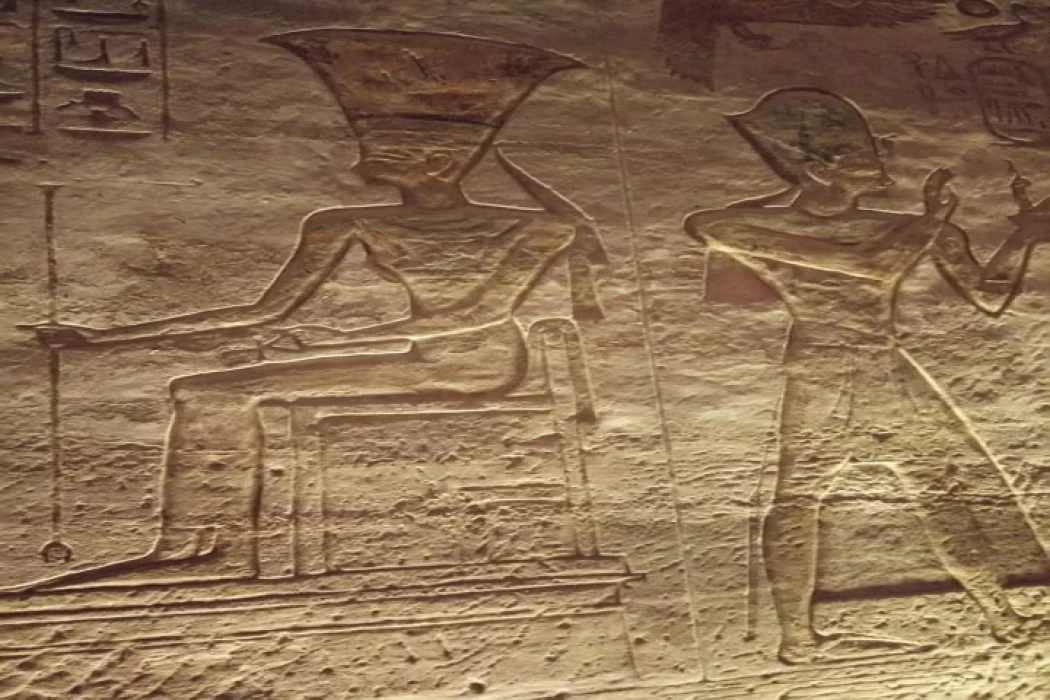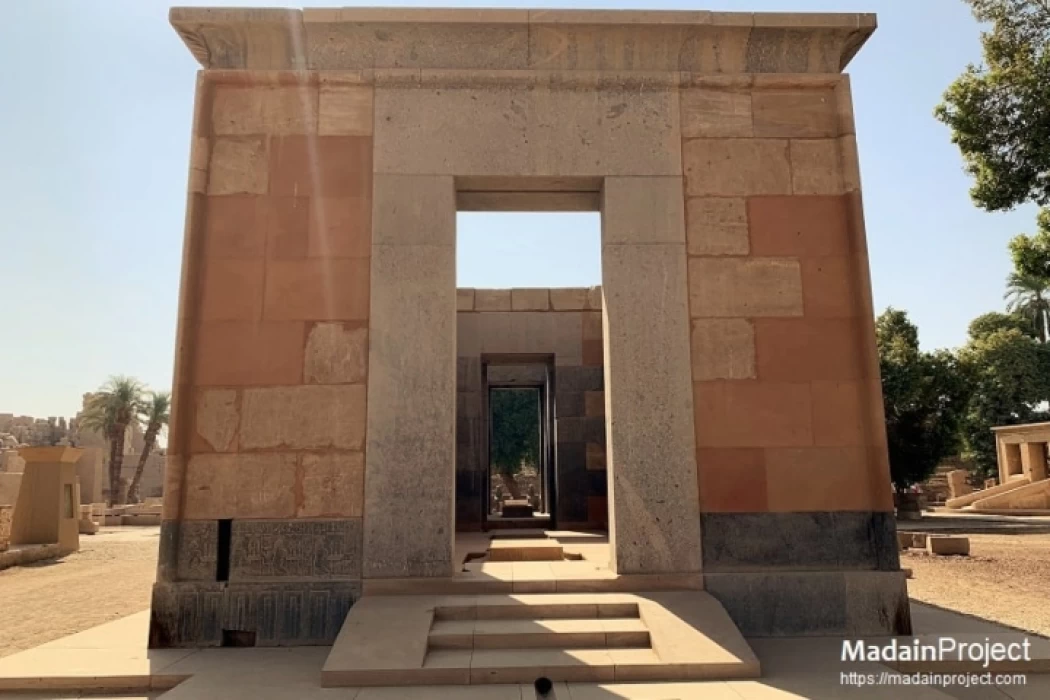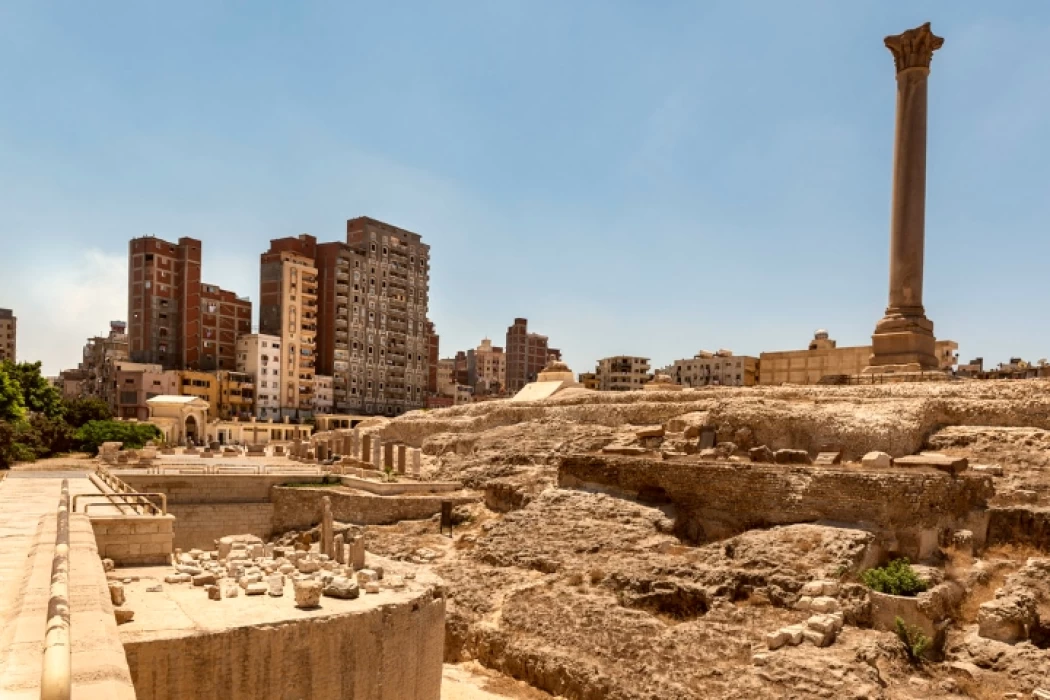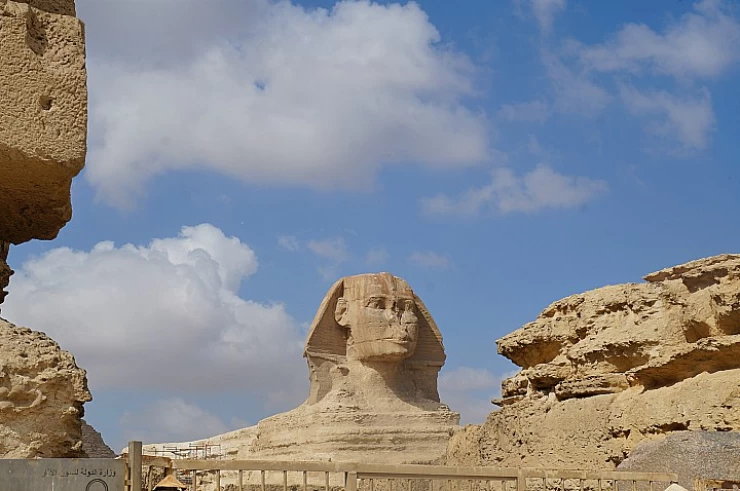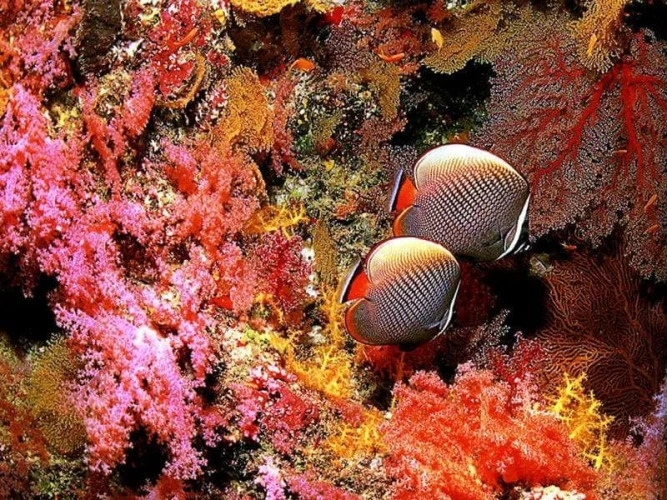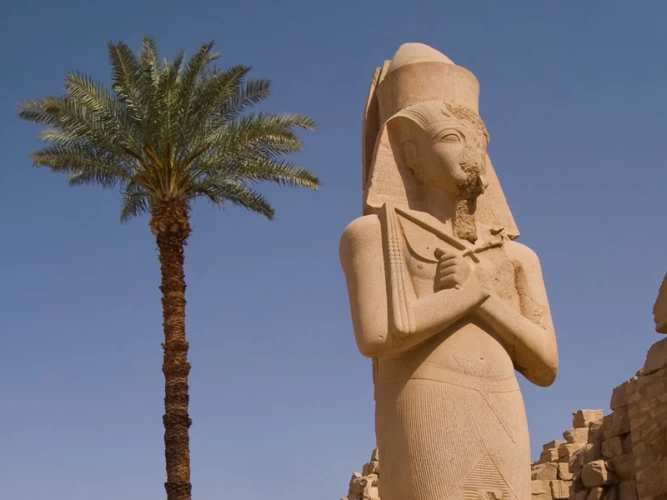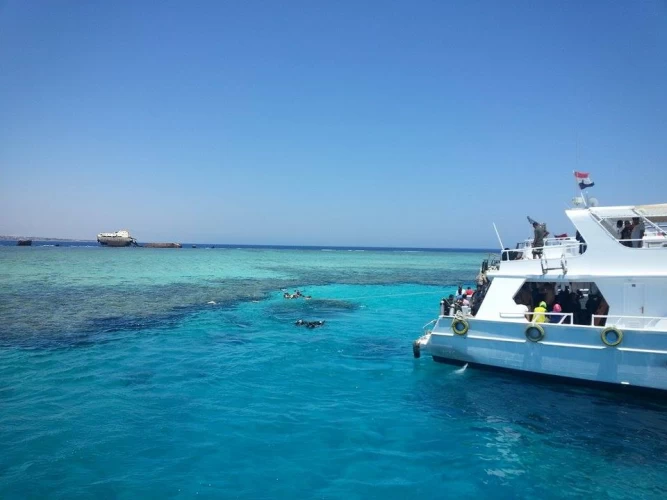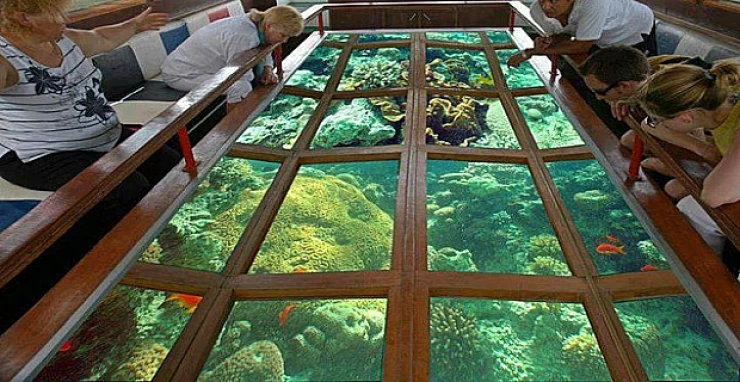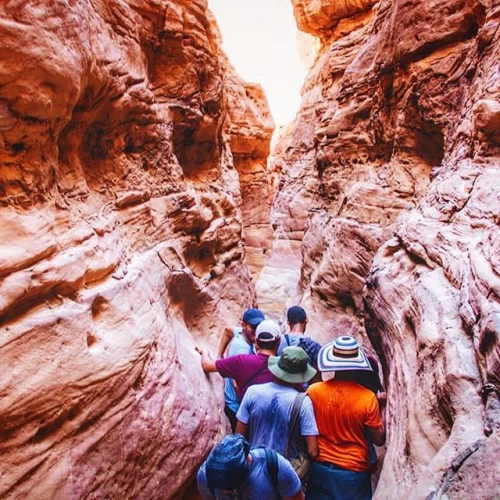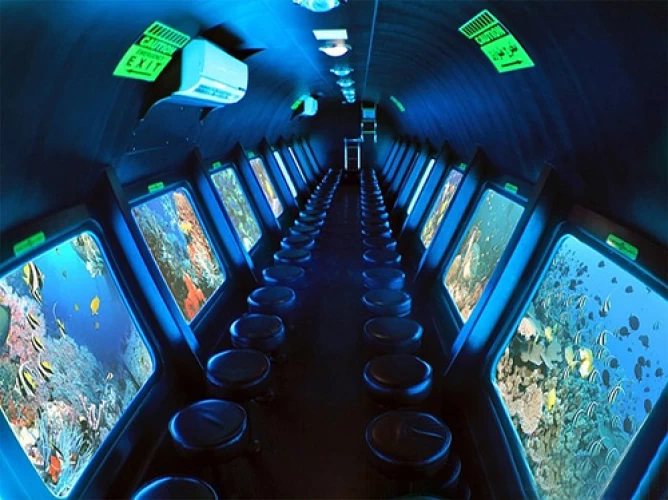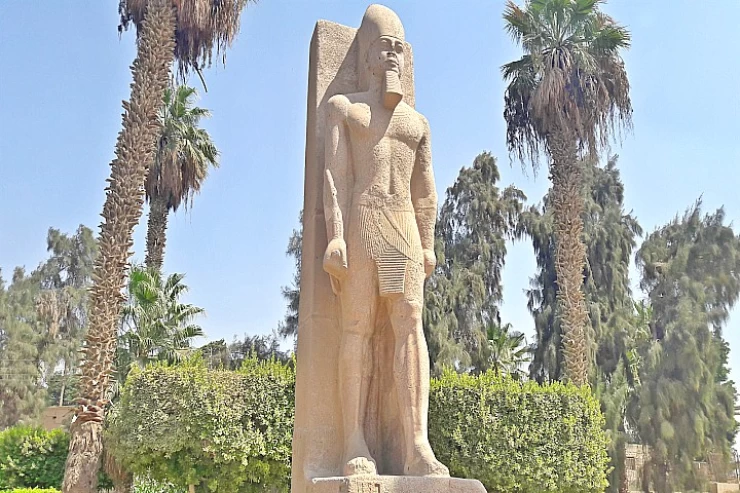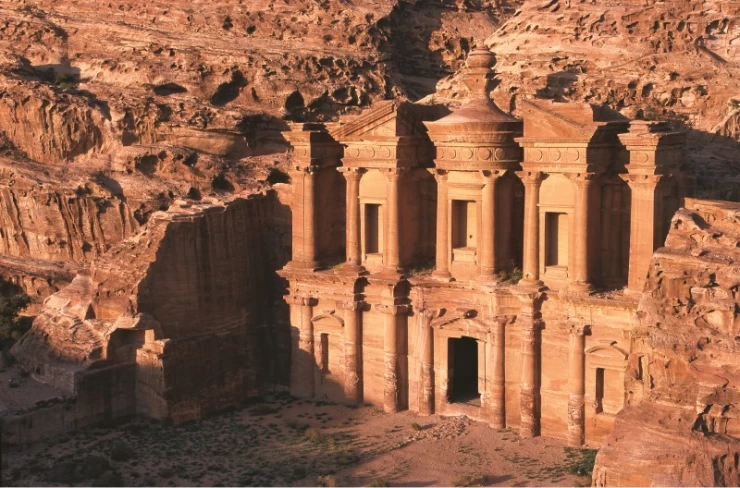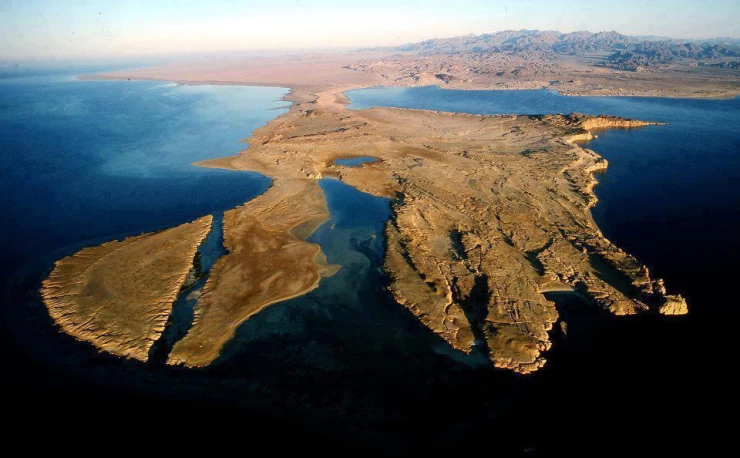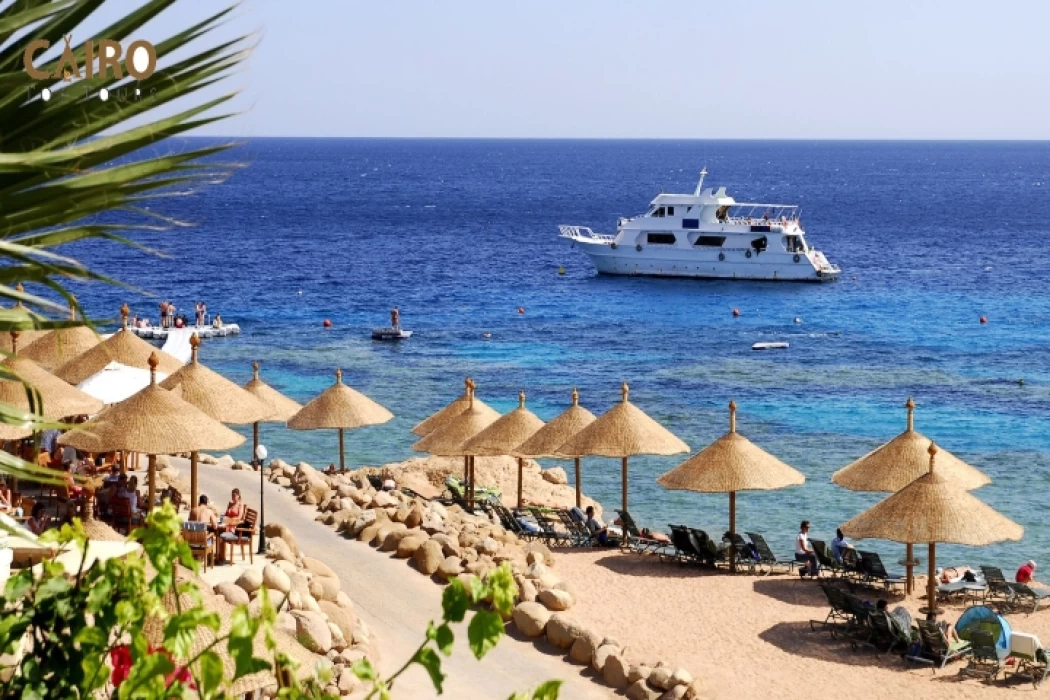
Sharm El-Sheikh Red Sea
Sharm El-Sheikh is an Egyptian city on the southern tip of the Sinai Peninsula, in South Sinai Governorate, on the coastal strip along the Red Sea. As of 2023, the population is estimated to be around 13,000. Sharm El Sheikh is the administrative center of Egypt's South Sinai Governorate, which encompasses the smaller coastal cities of Dahab and Nuweiba, as well as the hilly interior of St. Catherine and Mount Sinai. It was formerly a fishing village and military base before Israel transformed it into a commercial and tourist-oriented city in 1968 Today, the city and holiday resort is a major tourist destination in Egypt, as well as a venue for several international conferences and diplomatic gatherings. Sharm El Sheikh's English name is a derivation from Egyptian Arabic "شرم الشيخ", and does not have a set romanization. There are confirmed uses of variant spellings such as Sharm el-Sheikh and Sharm el-Sheikh, sometimes within the same news story. Sharm El Sheikh is sometimes referred to as the "City of Peace" (Egyptian Arabic: "Madinet el-Salam"), referring to the many International Peace Conferences that have been hosted there. Egyptians and visitors often refer to the city as "Sharm" (Egyptian Arabic: [ʃɑɾm]). Sharm El Sheikh is located on a promontory overlooking the Straits of Tiran, at the mouth of the Gulf of Aqaba. Its strategic importance resulted in its evolution from a fishing town to a significant port and naval station for the Egyptian Navy. It was taken by Israel during the 1956 Suez Crisis and returned to Egypt in 1957. A United Nations peacekeeping force was stationed there until 1967, when Egyptian President Gamal Abdel Nasser ordered its departure, sparking the Six-Day War, during which Israel reoccupied the area. Sharm El Sheikh was under Israeli administration from 1967 until the Sinai Peninsula was returned to Egypt in 1982, following the Egypt-Israel peace accord of 1979, which was signed in Washington, D.C. During that time, an Israeli settlement called Ofira was established in the area. In 1968, Israel established an air force installation nearby, which is now known as the Sharm el-Sheikh International Airport. Unlike Sinai's other well-known community, Yamit, Ofira was not razed when Israel relinquished sovereignty of Sinai to Egypt following the Camp David Accords but was returned intact and is now a thriving tourist town and home to local Egyptian inhabitants. In 1982, Egypt's then-President Hosni Mubarak declared Sharm El Sheikh as The City of Peace, and the Egyptian government launched a policy to encourage the future development of the city. Egyptian businesspeople and investors, as well as global investors, helped to fund several megaprojects, including mosques and churches. The city is now a popular worldwide tourist destination, and environmental zoning restrictions limit building heights to protect the natural beauty of the surrounding area. A hierarchical planning strategy was used for the Gulf of Aqaba, with the area's components appraised and grouped into zones, cities, and centers. By this concept, the Gulf of Aqaba zone was separated into four cities: Taba, Nuweiba, Dahab, and Sharm El Sheikh. Sharm El Sheikh city is organized into five identical centers: Nabq, Ras Nusrani, Naama Bay, Umm Sid, and Sharm El Maya. Sharm El Sheikh city, along with Naama Bay, Hay el Nour, Hadaba, Rowaysat, Montazah, and Shark's Bay, makes up a metropolitan region. The off-shore gun emplacements at Ras Nasrani, opposite Tiran Island, are now a diving destination. The resort was devastated by terrorist attacks in Sharm El Sheikh in 2005, which were carried out by an extremist Islamist organization targeting Egypt's tourism industry. The incident killed 88 people, the bulk of whom were Egyptians, and injured more than 200 others, making it the country's second deadliest terrorist act in history. The city has hosted several key Middle Eastern peace conferences, including the 4 September 1999 agreement to create Palestinian self-rule in the Gaza Strip. Following the commencement of the second Palestinian intifada on October 17, 2000, a second summit was held in Sharm, but it did not bring the bloodshed to an end. On August 3, 2005, a summit was convened in the city to discuss changes in the Arab world, including the Arab-Israeli conflict. In 2007, an important ministerial meeting was held in Sharm to address Iraqi reconstruction. Sharm El Sheikh held the World Economic Forum on the Middle East in both 2006 and 2008.
Latest Articles
Admin
Neper God Of Grain
Neper was the deity of grains, particularly cereals that were important in Ancient Egypt, such as wheat and barley. It was stated that he foretold when the crops would grow, be harvested, and disappear.
Admin
Djoser
Djoser was an ancient Egyptian pharaoh of the 3rd Dynasty during the Old Kingdom and was the founder of that epoch. He is also known by his Hellenized names Tosorthros (from Manetho) and Sesorthos (from Eusebius). He was the son of King Khasekhemwy and Queen Nimaathap, but whether he was also the direct successor to their throne is unclear. Most Ramesside king lists identify a king named Nebka as preceding him, but there are difficulties in connecting that name with contemporary Horus names, so some Egyptologists question the received throne sequence. Djoser is known for his step pyramid, which is the earliest colossal stone building in ancient Egypt
Admin
Kom Al Dikka Alexandria
Kom El Deka, also known as Kom el-Dikka, is a neighborhood and archaeological site in Alexandria, Egypt. Early Kom El-Dikka was a well-off residential area, and later it was a major civic center in Alexandria, with a bath complex (thermae), auditoria (lecture halls), and a theatre.
Admin
The God Anuket
Anuket, in Egyptian religion, the patron deity of the Nile River. Anuket is normally depicted as a beautiful woman wearing a crown of reeds and ostrich feathers and accompanied by a gazelle.
Admin
The Red Chapel of Hatshepsut
The Red Chapel of Hatshepsut or the Chapelle rouge was a religious shrine in Ancient Egypt. The chapel was originally constructed as a barque shrine during the reign of Hatshepsut. She was the fifth pharaoh of the Eighteenth Dynasty from approximately 1479 to 1458 BC.
Admin
The Serapeum of Alexandria
The Serapeum of Alexandria in the Ptolemaic Kingdom was an ancient Greek temple built by Ptolemy III Euergetes (reigned 246–222 BC) and dedicated to Serapis, who was made the protector of Alexandria, Egypt. There are also signs of Harpocrates. It has been referred to as the daughter of the Library of Alexandria.
